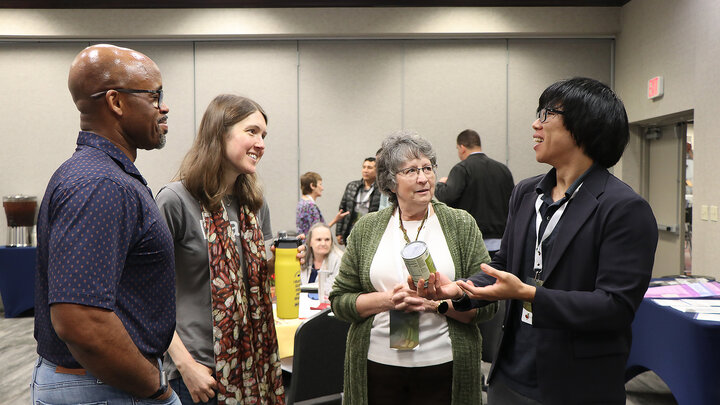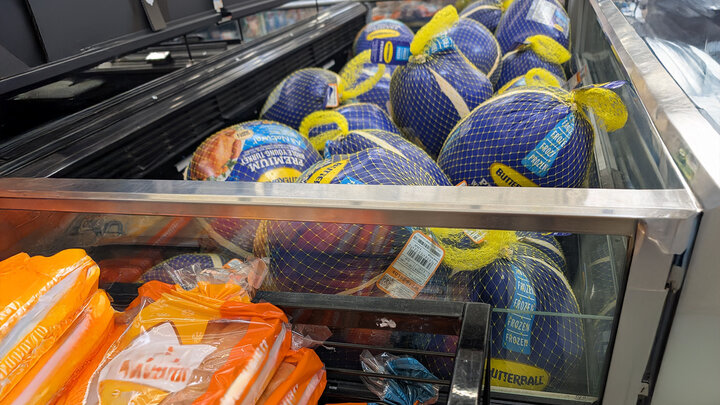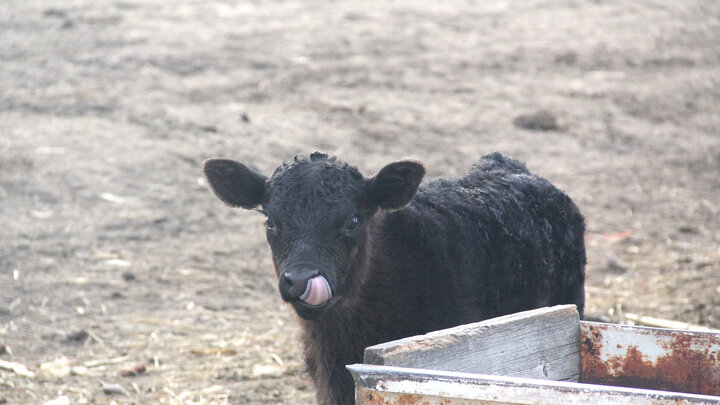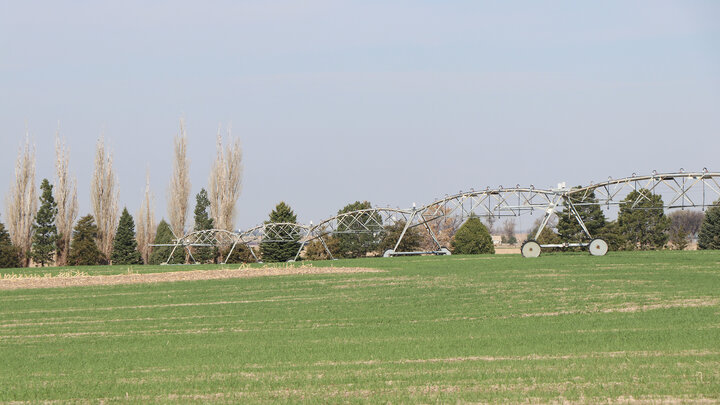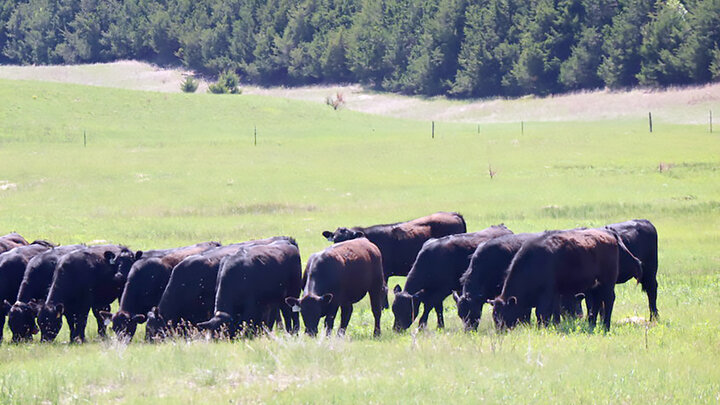The Nebraska Dry Bean Commission (NDBC) hosted 18 international dry bean buyers from eight different countries to learn the story of Nebraska dry beans from farm to fork on Wednesday, Sept. 17, in Scottsbluff. The group was part of the 2025 United States Dry Bean Council (USDBC) Worldwide Reverse Trade Mission, which toured bean fields and visited with bean exporters, educators, and growers in Nebraska and Colorado from Sept. 13-20.
“The annual event educates them (buyers) on the production process and harvest process and, more importantly, connects them with exporters to build and strengthen relationships,” said Danny Raulerson, Executive Director of the U.S. Dry Bean Council.
Last year, the USDBC event took place in Minn-Dak, located in the heart of the Red River Valley in northern North Dakota. Where most of the dry bean crop is direct-harvested and has an upright bean architecture. In Nebraska, the majority of farmers still harvest their crops by windrowing, where the bean plants are cut and lie on the ground to be windrowed for harvest.
Jean Ann Macaraig, a purchaser for Century Pacific Food Inc. in the Philippines, was interested in seeing the harvest process, though rain would keep them out of the fields. Her company has been purchasing great northerns from the U.S. since 2018. “We are food manufacturing company and have Hunts and use beans for that product. We also use dark red kidneys for chili and bean products. It is most suitable.”
The international market focuses on the production process of dry beans. They are sensitive to certain crop inputs used and how residue limits are transferred to the edible product, depending on the region or part of the world from which the beans originate. “U.S.A. is a big supplier for us from France, I’m here to build new and existing links with suppliers,” said Laurent Natali, head of purchasing for CIACAM in France. He said they use great northern, dark red kidneys, and some navy beans for the canning industry, where they are made with and without sauce. “(Beans are) becoming more and more popular, for cheap protein and ecological reasons in consumption.”
Rain and wet conditions kept the tour out of the bean fields on Wednesday, but Dr. Carlos Urrea, University of Nebraska-Lincoln dry bean breeder, discussed his bean breeding program with the purchasers. Urrea typically collaborates with other universities and institutions to grow beans year-round.
“The main objectives are to develop high-yielding varieties with multiple disease resistances, an upright plant architecture, earliness harvest, being able to grow under low water soil conditions, seed quality, we have the best in the U.S. because the dry beans are 100 percent irrigated, and enhance nutritional quality, high iron and zinc seed content,” he said.
With the development of higher yields and disease resistance, beans are positioned well in the global market.
“We have to do a better job of telling the story. So, when I think about beans, I consider sustainability, digestibility, availability, affordability, and profitability as well,” said Robert Loggins, Director of External Affairs and Community Engagement at Bush Brothers & Company. “And what I mean by profitability is it has to be good for our consumers, our farmers to plant acres, and our retail partners, and I think we have a unique story in that.”
